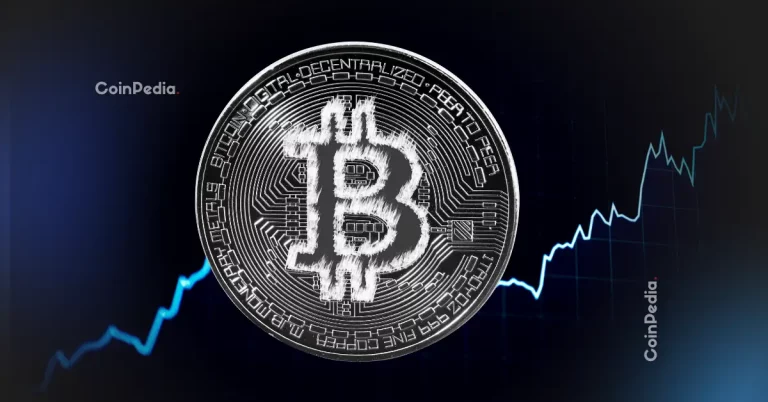
The Evolution of E-commerce by 2025: Trends and Future Outlook
The Evolution of E-commerce by 2025 has been a remarkable journey, marked by rapid growth, innovation, and disruption. The e-commerce industry has undergone significant transformations over the years, driven by advances in technology, changing consumer behavior, and the rise of digital platforms. In this article, we will explore the evolution of e-commerce, current trends, and future outlook by 2025.
Introduction to E-commerce

E-commerce, also known as electronic commerce, refers to the buying and selling of goods and services over the internet. The concept of e-commerce emerged in the 1960s, but it wasn’t until the 1990s that it gained momentum with the widespread adoption of the internet. Today, e-commerce is a multibillion-dollar industry, with millions of online stores and platforms operating globally.
History of E-commerce

The history of e-commerce can be divided into several phases. The first phase, which lasted from the 1960s to the 1980s, was characterized by the use of electronic data interchange (EDI) and electronic funds transfer (EFT) for business-to-business (B2B) transactions. The second phase, which began in the 1990s, saw the emergence of online shopping platforms, such as Amazon and eBay, which enabled business-to-consumer (B2C) transactions.
Current Trends in E-commerce

Today, the e-commerce industry is characterized by several trends, including the rise of mobile commerce, social commerce, and sustainable e-commerce. Mobile commerce, also known as m-commerce, refers to the use of mobile devices, such as smartphones and tablets, to make online purchases. Social commerce, on the other hand, refers to the use of social media platforms, such as Facebook and Instagram, to make online purchases.
Future of E-commerce by 2025

By 2025, the e-commerce industry is expected to undergo significant changes, driven by advances in technology, changing consumer behavior, and the rise of new business models. Some of the key trends that are expected to shape the future of e-commerce include the use of artificial intelligence (AI) and machine learning (ML) to personalize the online shopping experience, the rise of voice commerce, and the growth of sustainable e-commerce.
Challenges Facing E-commerce

Despite the many opportunities offered by e-commerce, the industry also faces several challenges, including cybersecurity threats, supply chain disruptions, and environmental concerns. To address these challenges, e-commerce companies must invest in robust security measures, develop sustainable supply chains, and adopt environmentally friendly practices.
Conclusion

In conclusion, the evolution of e-commerce by 2025 will be shaped by advances in technology, changing consumer behavior, and the rise of new business models. As the industry continues to grow and evolve, it is essential for e-commerce companies to stay ahead of the curve by adopting innovative technologies, developing sustainable practices, and providing exceptional customer experiences.






